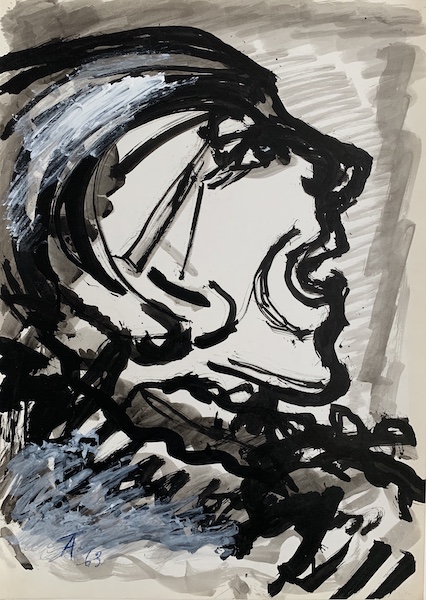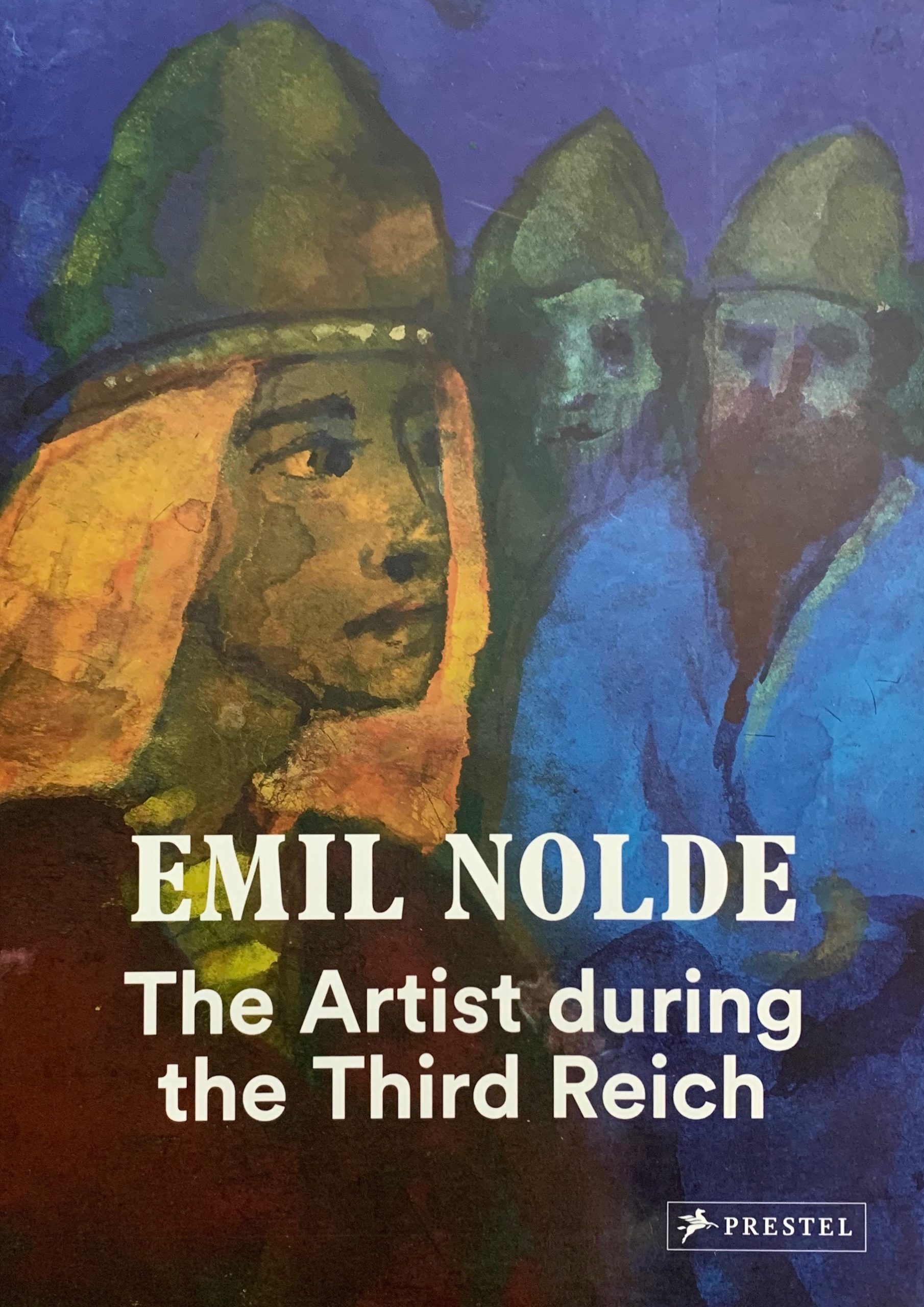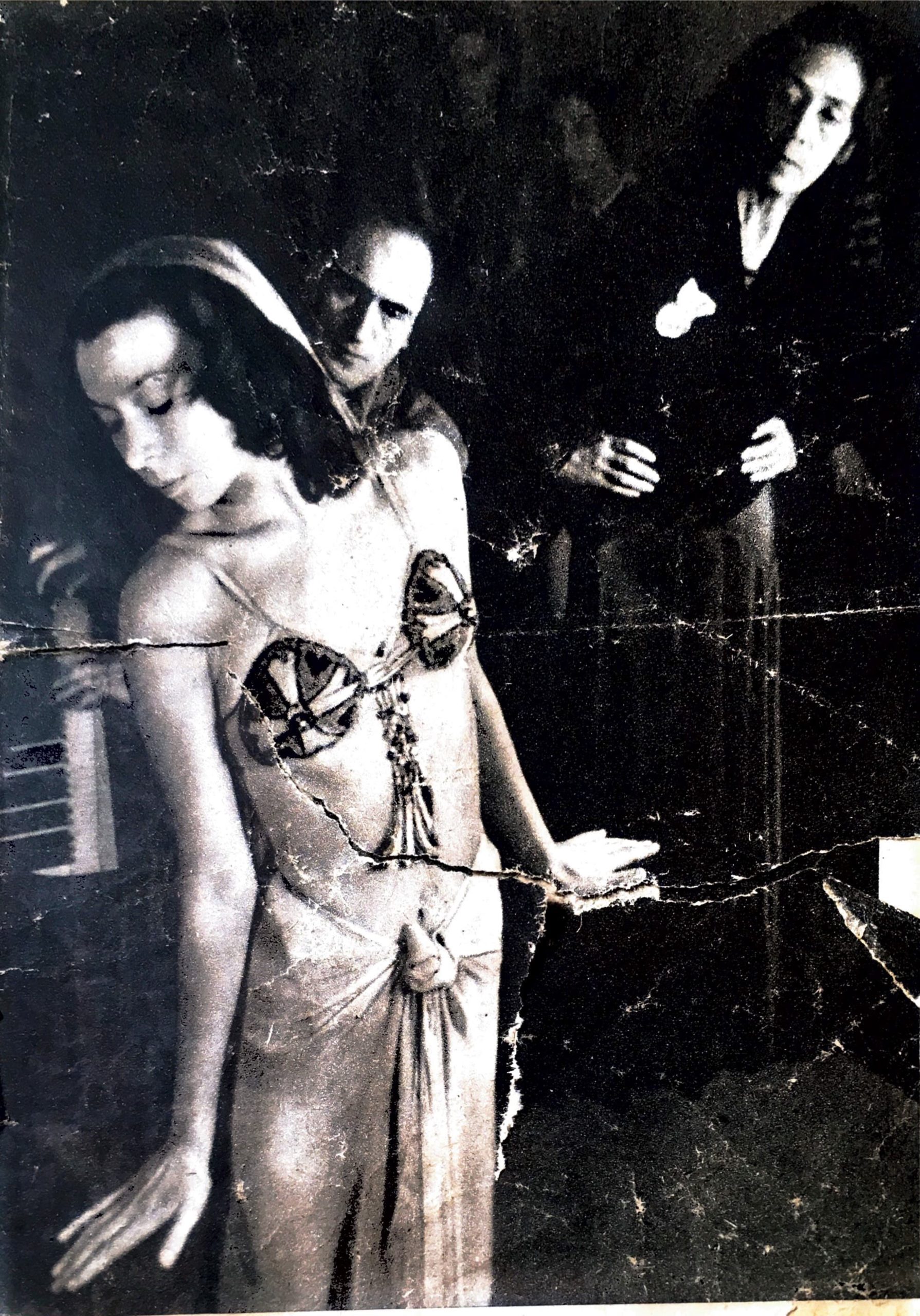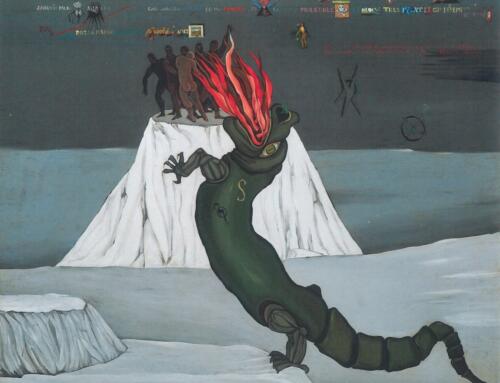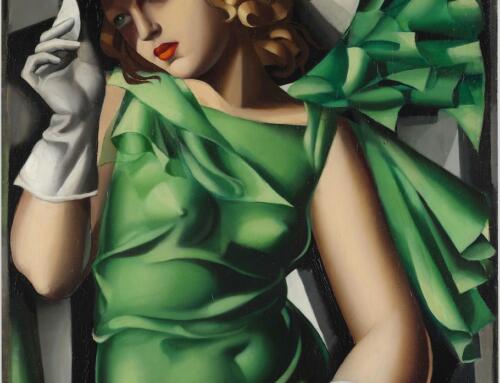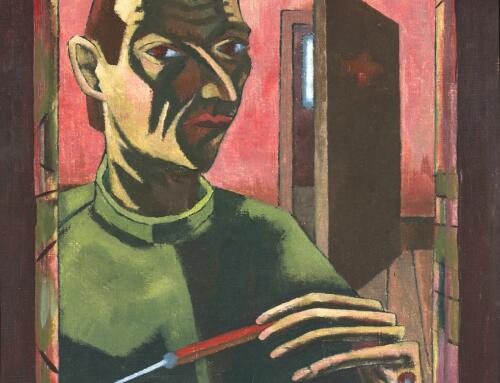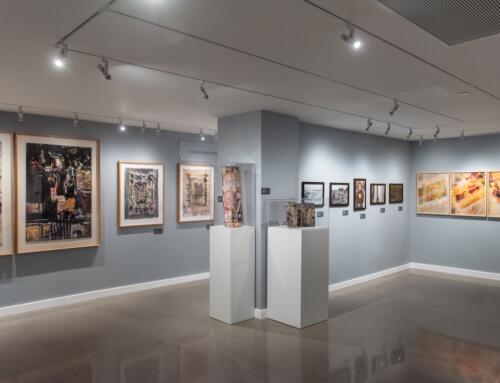Dear Friends,
What a strange summer this is. But I have exciting news of some degree of normalcy: an exhibition in Germany! This is no small feast in these times, and I am thankful to my co-curator Julia Diekmann for her flexibility and creativity in co-organizing the exhibition. Who would have thought that the largest hurdle is getting the artwork out of the locked down campus of Richmond University? In the end it all worked – our shipper Cadogan Tate had just taken up operation again and flight schedules for art opened up, the drawings, which have never been shown before will be matted and framed practically overnight, the artwork will be hanged as fast as it probably never was, and here we are:
What a strange summer this is. But I have exciting news of some degree of normalcy: an exhibition in Germany! This is no small feast in these times, and I am thankful to my co-curator Julia Diekmann for her flexibility and creativity in co-organizing the exhibition. Who would have thought that the largest hurdle is getting the artwork out of the locked down campus of Richmond University? In the end it all worked – our shipper Cadogan Tate had just taken up operation again and flight schedules for art opened up, the drawings, which have never been shown before will be matted and framed practically overnight, the artwork will be hanged as fast as it probably never was, and here we are:
On September 6, 2020 the exhibition “Der Vereinsamte. Clowns in der Kunst Fritz Aschers (1893 – 1970)“ [“The Loner. Clowns in Fritz Ascher’s Art (1893-1970)”] will open at the Forum Jacob Pins in Höxter, Germany. The exhibition presents around 40 paintings and drawings, lithographs and gouaches by the artist who lived through two world wars, existential social and political unrest, the persecution by the National Socialists and the development of a divided Germany.
Whether in dramatic context or as individual figure, the clown always plays the role of the outsider, of the one opposite the many. He is laughed at and ridiculed, is the fool, despised, and humiliated, always operating from the margin. In Ascher’s work, the figure of the clown, the Bajazzo, first appears around 1916, at about the same time with artists such as Max Beckmann, Marc Chagall, or Pablo Picasso. For Ascher, it becomes a lifelong interest, expressed in paintings, drawings, lithographs and poems. Based on the opera I Pagliacci by Ruggero Leoncavallo (1857-1919), which was popular in the 1920s, he creates both dramatic scenes of the tragic love burlesque and studies of the Bajazzo, the Pagliaccio or clown as a single figure. The intensity in the artistic expression of the figure, especially the face, encourages us to see these works as analogies to the artist himself, the increasing parallelism between role and own artistic self.
The exhibition is on view until November 29, 2020. It is accompanied by a bi-lingual, richly illustrated catalogue (MORE INFORMATION HERE).
In this exhibition, we celebrate two newly discovered late artworks, which includes more portraits than previously known:
Here, Ascher depicts the Bajazzo in his otherness, misunderstood and suffering, struggling for life and in existential loneliness. The first (left) work portrays the clown with sad and downcast eyes; the second (right) work presents a profile in which both the eyes and the mouth are wide open: in dismay or in challenging self-assertion? Or is he merely crying out and up toward the silent heavens?
This fall, we continue our free monthly zoom series “Fight or Flight. stories of artists under repression,” with exciting content:
September 2, 2020
Aya Soika, Berlin: The difficult case of painter Emil Nolde (1867-1956)
September 16, 2020
Sabine Rollberg, Freiburg: Dance under the Swastika: Mary Wigman and Gyp Schlicht
October 7, 2020
Anne Sibylle Schwetter, Osnabrück: Painting as an Act of Resistance. The artist Felix Nussbaum
November 4, 2020
Rosa von der Schulenburg, Berlin: The artist John Heartfield
December 3, 2020
Lynette Roth, Cambridge (US): TBA
The series is generously funded by Allianz Partners.
Recordings of previous events about Hedda Sterne (Sarah Eckhart, Richmond and Shaina Larrivee, New York), Hans Hofmann (Karen Wilkin, New York) and Lea Grundig (Eckhart Gillen, Berlin) can be accessed HERE.
The next talk, on September 2, is about “The difficult case of painter Emil Nolde (1867-1956).”
The important German Expressionist painter Emil Nolde was one of the most prominent victims of the Nazis’ art politics, but he was also a fanatical Nazi and an ardent anti-Semite. This was not known until last year’s hotly debated exhibition “Emil Nolde: A German Legend – The Artist in the Nazi Era” in Berlin. After World War II, Nolde dramatized his victimhood, white-washed his biography and locked away revealing documents. These documents remained hidden from the public until a leadership change at the Nolde Foundation. Aya Soika and Bernhard Fulda, co-curators of the exhibition, were among the first scholars granted access to these revealing documents.
Please register for this event HERE.
September 16, 2020
Sabine Rollberg, Freiburg: Dance under the Swastika: Mary Wigman and Gyp Schlicht (1917-2015)
Gyp Schlicht, a daughter of an assimilated German Jew and an Italian Catholic mother, was a dancer in Nazi Germany, a student of Mary Wigman, who is considered the founder of the German expressive dance. In this talk, Sabine Rollberg describes their professional lives not as an academic researcher, but as a daughter and journalist, hoping to find answers to how they pursued their career while their friends or relatives were deported or killed in concentration camps.
Please register for this event HERE.
We look forward seeing you at our events, in-person and online.
Ever Upwards!
With all best wishes,
Rachel Stern, Director and CEO
Join the conversation!
#FritzAscher
@FritzAscherSociety
Follow us on instagram or twitter, befriend us on facebook, or check out our website!
artwork Fritz Ascher ©2020 Bianca Stock, Photo Malcolm Varon




